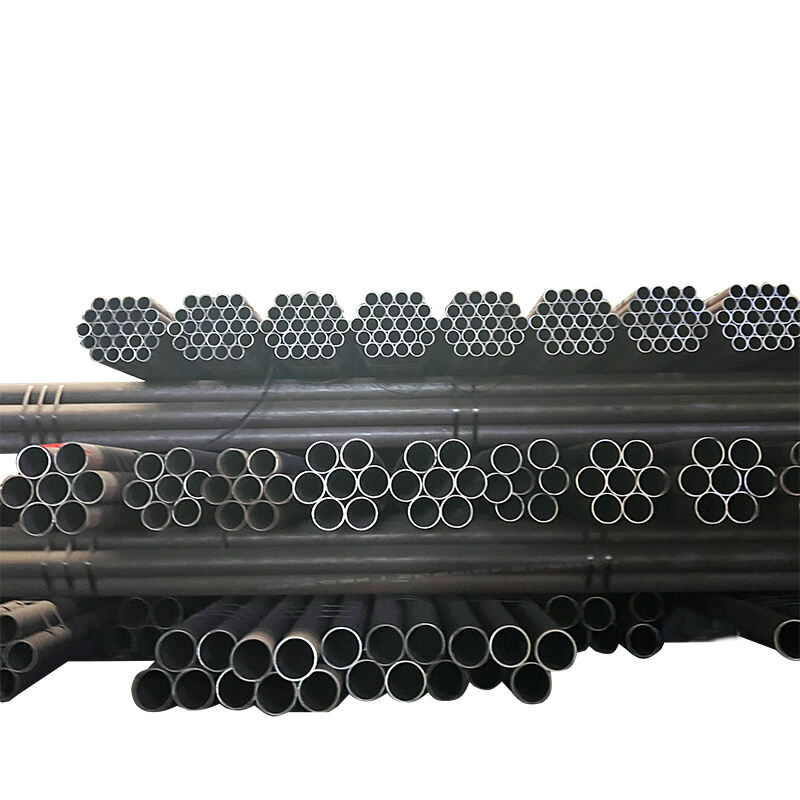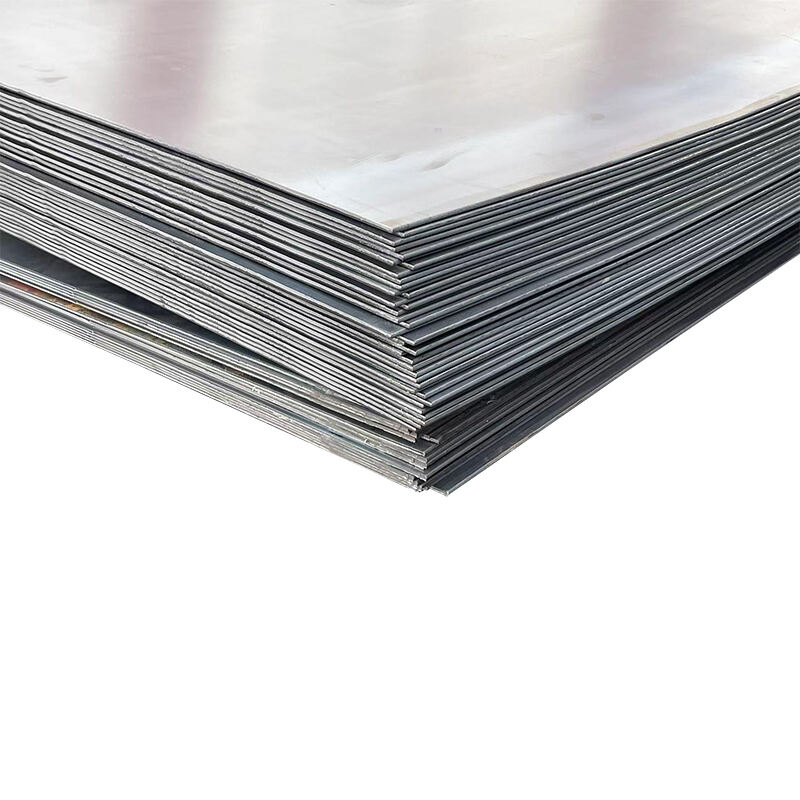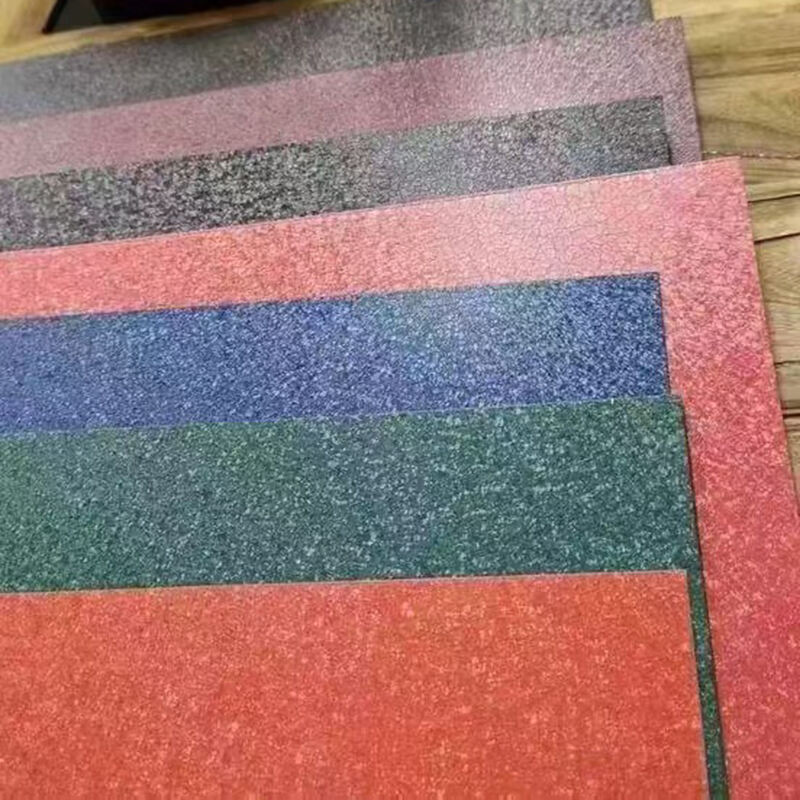ເສັ້ນທາງສະຕິເລส 316
ທໍ່ສະແຕນເລດ 316 ສະແດງເຖິງຜະລິດຕະພັນເຫຼັກສະແຕນເລດອອສເຕນນິດທີ່ມີຄຸນນະພາບດີເລີດ ແລະ ຄຸນສົມບັດທາງກົນທີ່ດີເລີດ. ວັດຖຸດິບທີ່ມີຄວາມຫຼາກຫຼາຍນີ້ມີນິກເກີລລະດັບສູງ ແລະ ມໍລີບເດັນທີ່ສູງກ່ວາເຫຼັກສະແຕນເລດຊະນິດອື່ນໆ, ເຮັດໃຫ້ມັນມີຄວາມຕ້ານທານສູງຕໍ່ກັບຄລໍຣິດ ແລະ ສະພາບແວດລ້ອມທາງເຄມີທີ່ຮຸນແຮງ. ຮູບແບບທໍ່ໃຫ້ວັດຖຸດິບທີ່ສະດວກສະບາຍສໍາລັບຂະບວນການຜະລິດຕ່າງໆ, ລວມທັງຂະບວນການກຶ່ງ, ການເຊື່ອມ, ແລະ ການຜະລິດ. ດ້ວຍຄວາມຕ້ານທານທີ່ດີເລີດຕໍ່ກັບການກັດກ່ອນເປັນຈຸດ ແລະ ການກັດກ່ອນໃນແຕກຮ້າ, ໂດຍສະເພາະໃນສະພາບແວດລ້ອມທາງທະເລ, ທໍ່ສະແຕນເລດ 316 ໄດ້ກາຍເປັນທາງເລືອກທີ່ດີເລີດສໍາລັບການນໍາໃຊ້ທີ່ຕ້ອງການທັງຄວາມເຂັ້ມແຂງ ແລະ ຄວາມຄົງທົນຄົງຄັງ. ວັດຖຸດິບສາມາດຮັກສາຄວາມເຂັ້ມແຂງຂອງໂຄງສ້າງໄດ້ໃນທຸກຊ່ວງອຸນຫະພູມ, ຈາກອຸນຫະພູມຕໍ່າຈົນເຖິງອຸນຫະພູມສູງເຖິງ 870°C. ຄຸນສົມບັດທີ່ບໍ່ມີແມ່ເຫຼັກ ແລະ ຄຸນນະພາບພື້ນຜິວທີ່ດີເລີດເຮັດໃຫ້ມັນເໝາະສຳລັບການນຳໃຊ້ທັງໜ້າທີ່ການເຮັດວຽກ ແລະ ການອອກແບບທາງທັດສະນະ. ສ່ວນປະກອບຂອງທໍ່ມັກຈະປະກອບມີໂຄເມຍັມ 16-18%, ນິກເກີລ 10-14%, ແລະ ມໍລີບເດັນ 2-3%, ເຮັດໃຫ້ມີຄຸນສົມບັດທາງກົນທີ່ດີຂຶ້ນ ແລະ ຄວາມຕ້ານທານຕໍ່ການກັດກ່ອນທີ່ດີກ່ວາເຫຼັກສະແຕນເລດຊະນິດ 304.


